Free shipping on all US orders
10% OF OUR PROFIT GOES TO KIDS’N’CULTURE NON-PROFIT ORGANIZATION
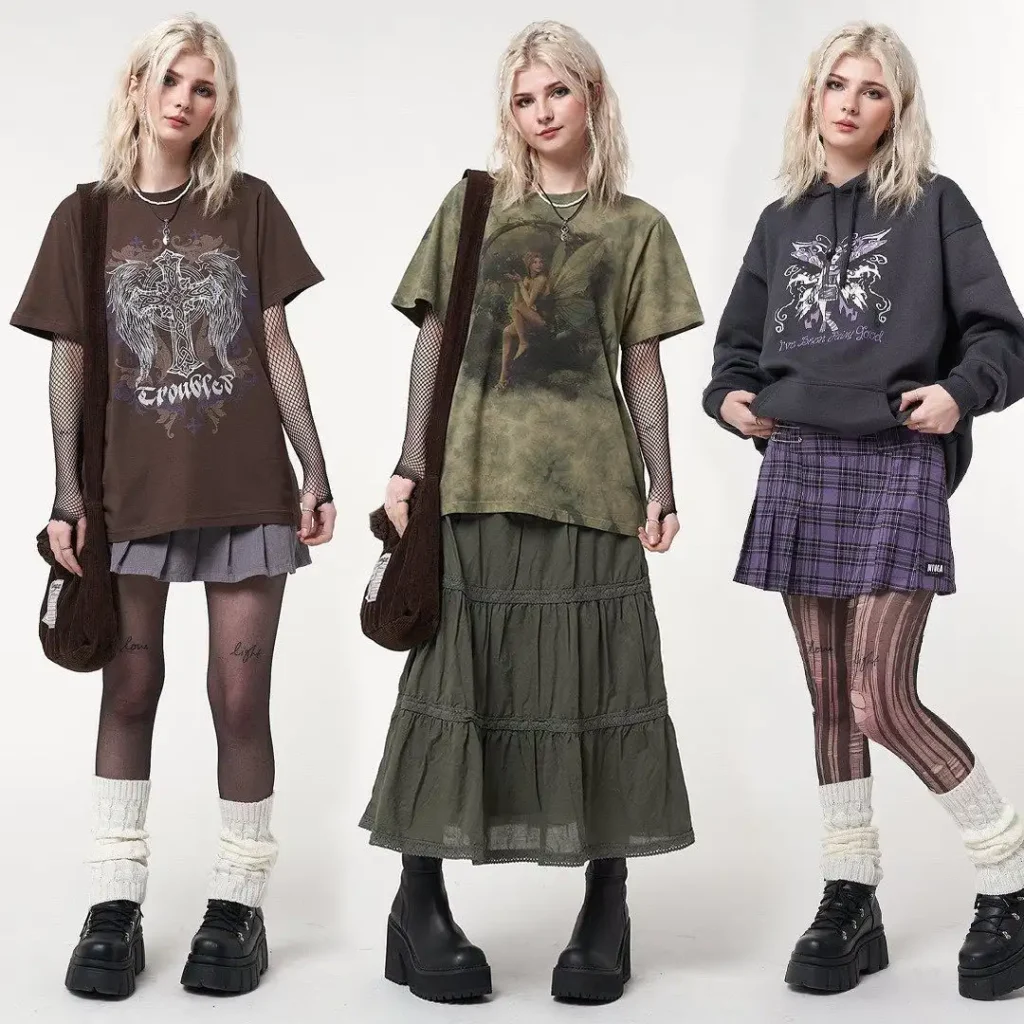
The grunge aesthetic is a fashion style that emerged from rebellion, authenticity, and a desire to do things differently. The 1980s materialistic glamour ended when Seattle’s unpolished musical sound took over to create grunge music that defined the new decade. The core philosophy of grunge fashion is anti-consumerism and an embrace of imperfection. Grunge outfits were chosen less for style and more for practicality, with warmth in the damp Pacific Northwest climate that results in the essential practice of layering.
People chose oversized clothing from thrift stores with large sizes because they valued comfort above fashionable clothes or tight designs. This deliberate indifference to polish became the movement’s defining statement later. The style features distressed fabric elements like torn denim, roughened edges that indicate extensive use. The color scheme consists of deep tones and natural shades to create a somber appearance.
If you are interested in knowing more about grunge aesthetic fashion, then you are in the right place. This article dives deeply into the history of grunge style clothing, explores modern designers keeping the flame alive in ramp walks, breaks down all types, gives outfit ideas for men and grunge outfits for females, and ultimately shows why the grunge aesthetic outfits are still thriving.
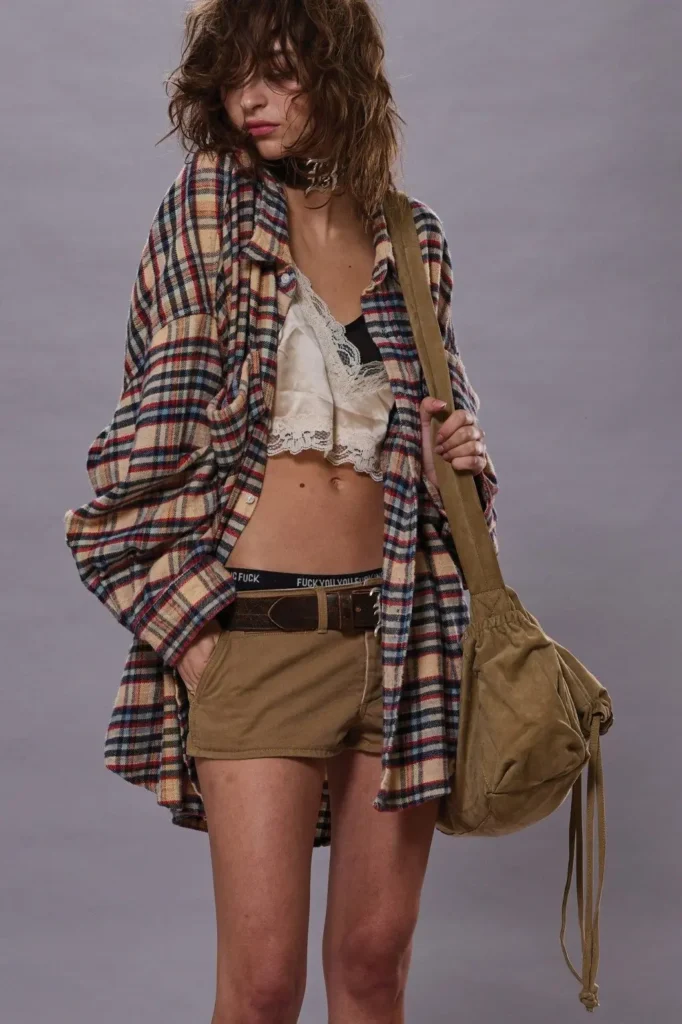
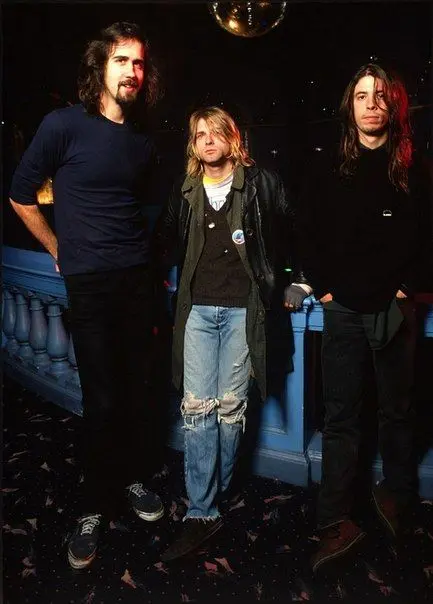
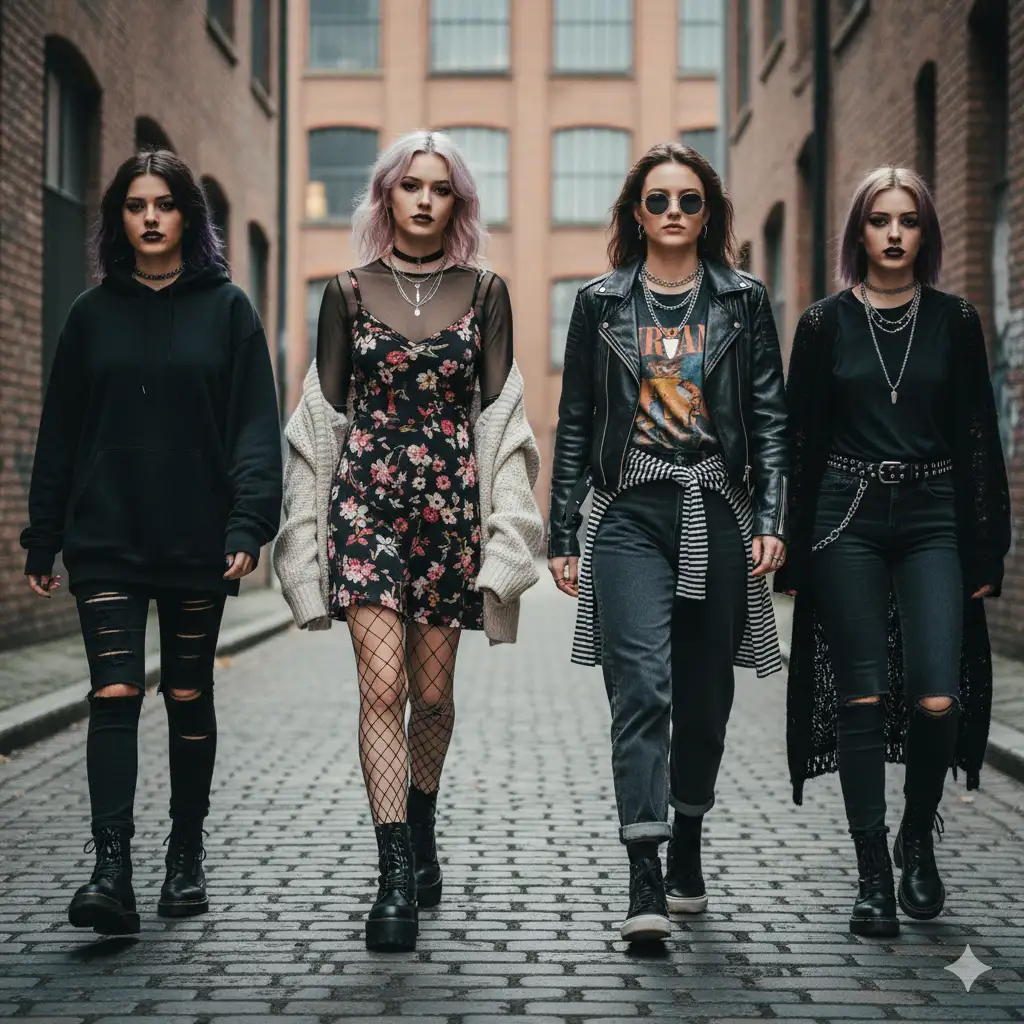
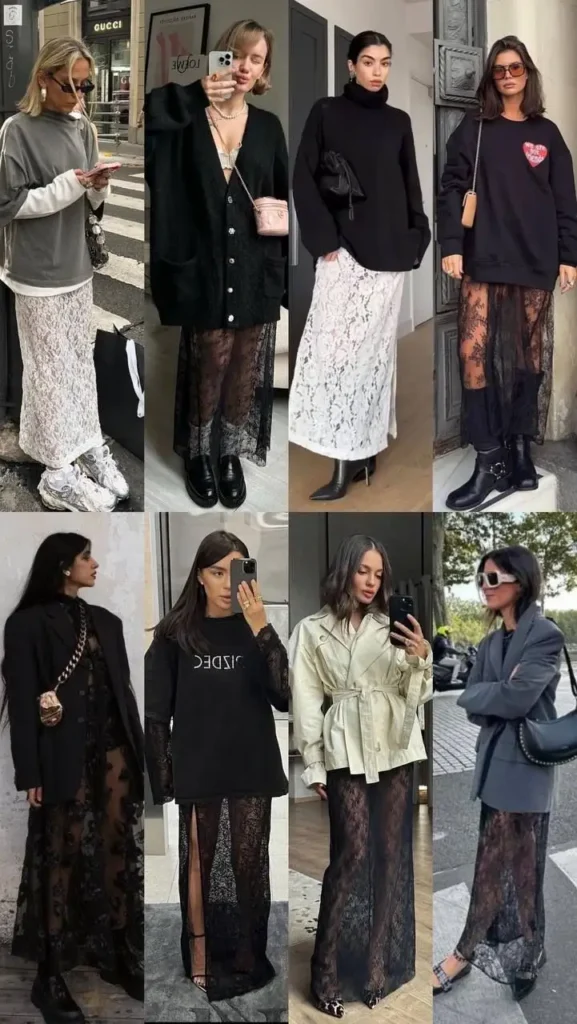
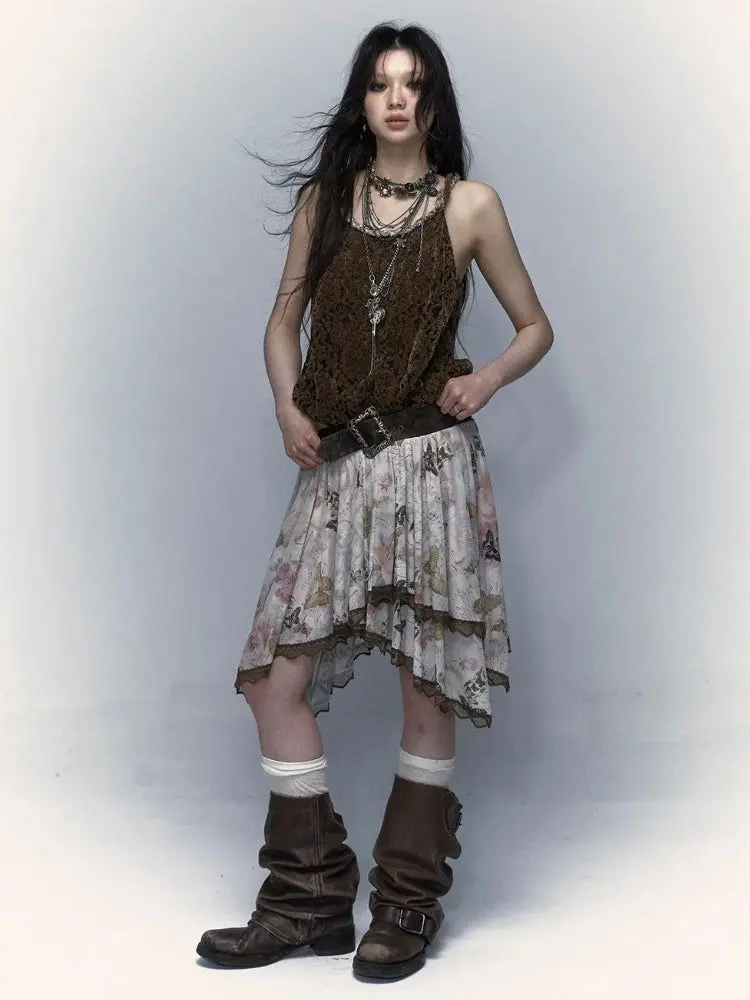
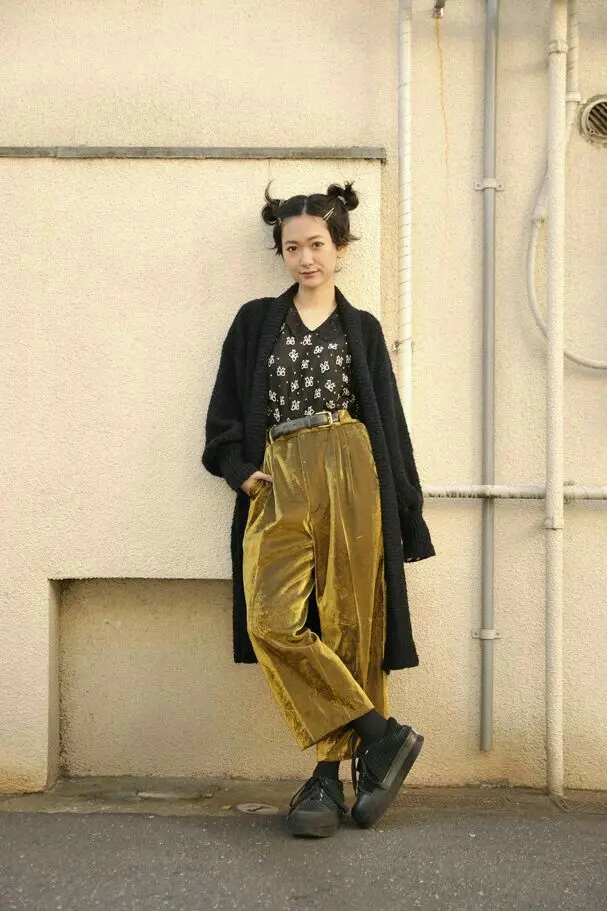
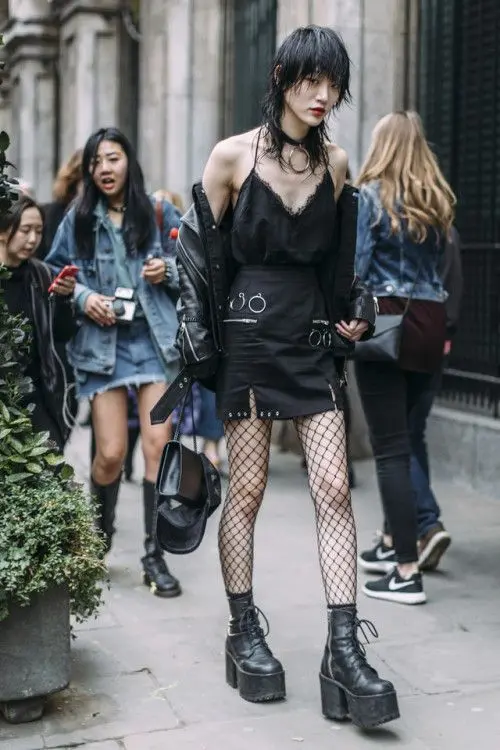
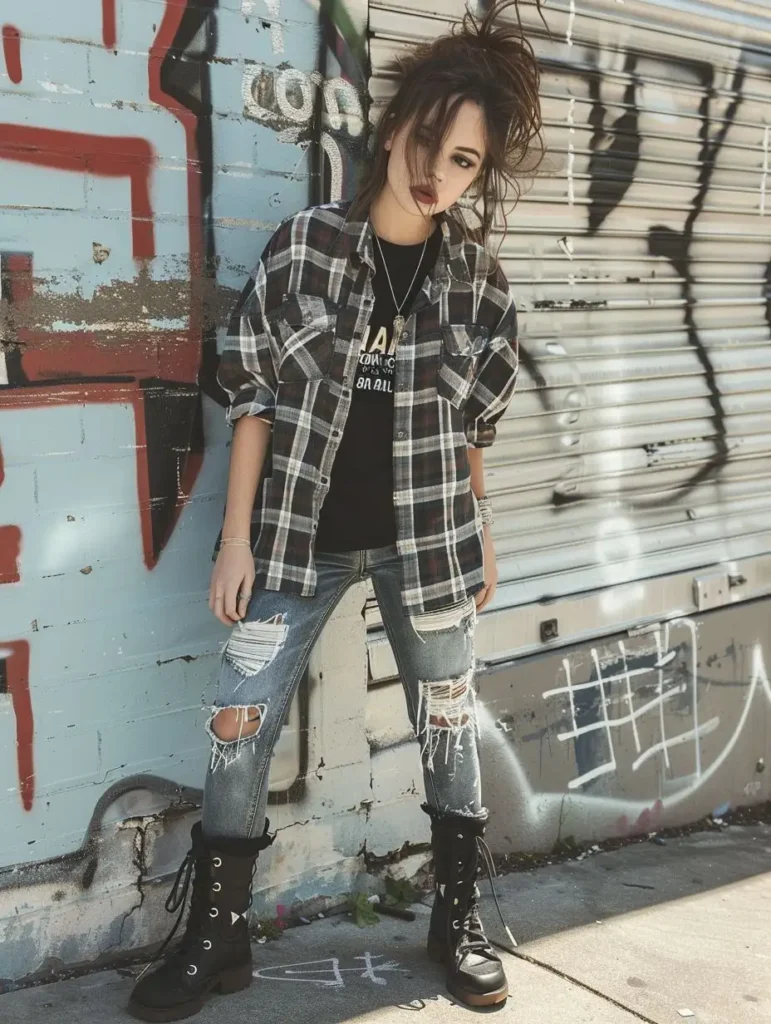
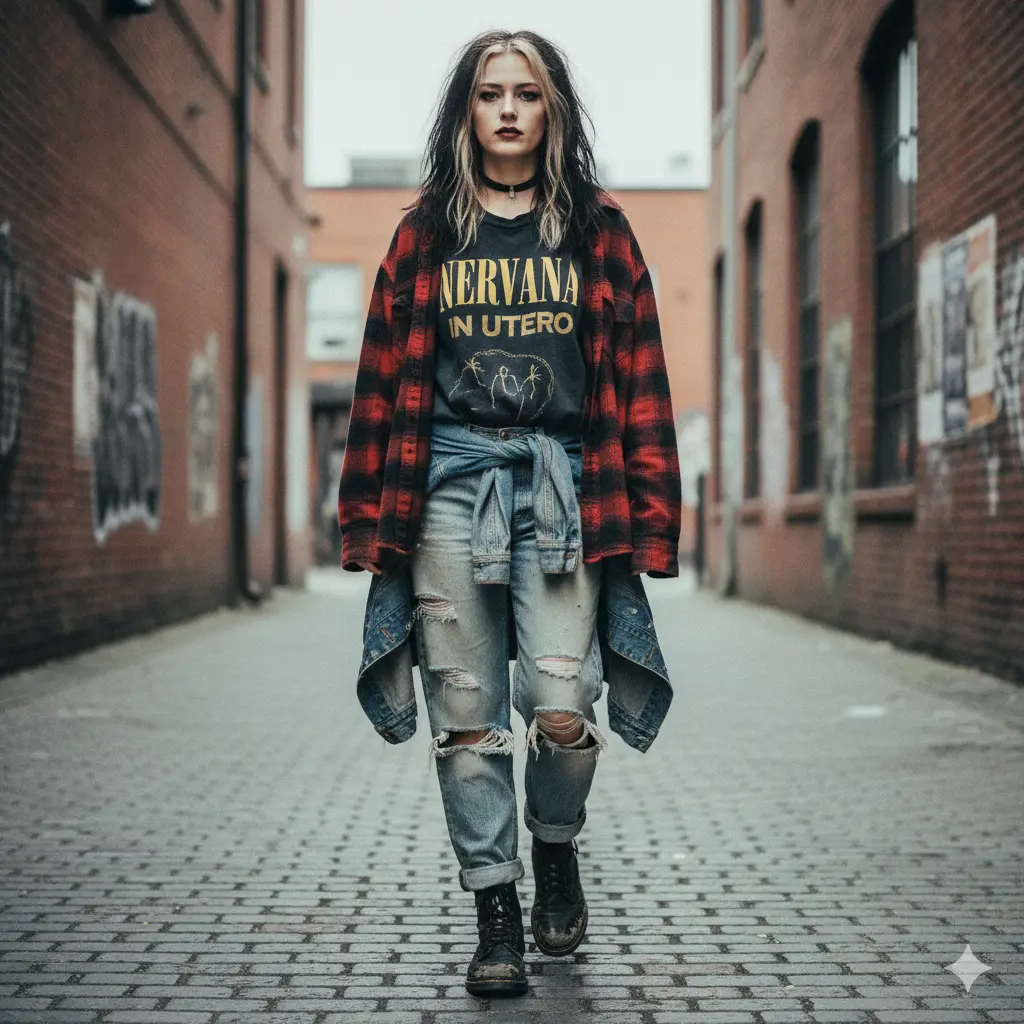
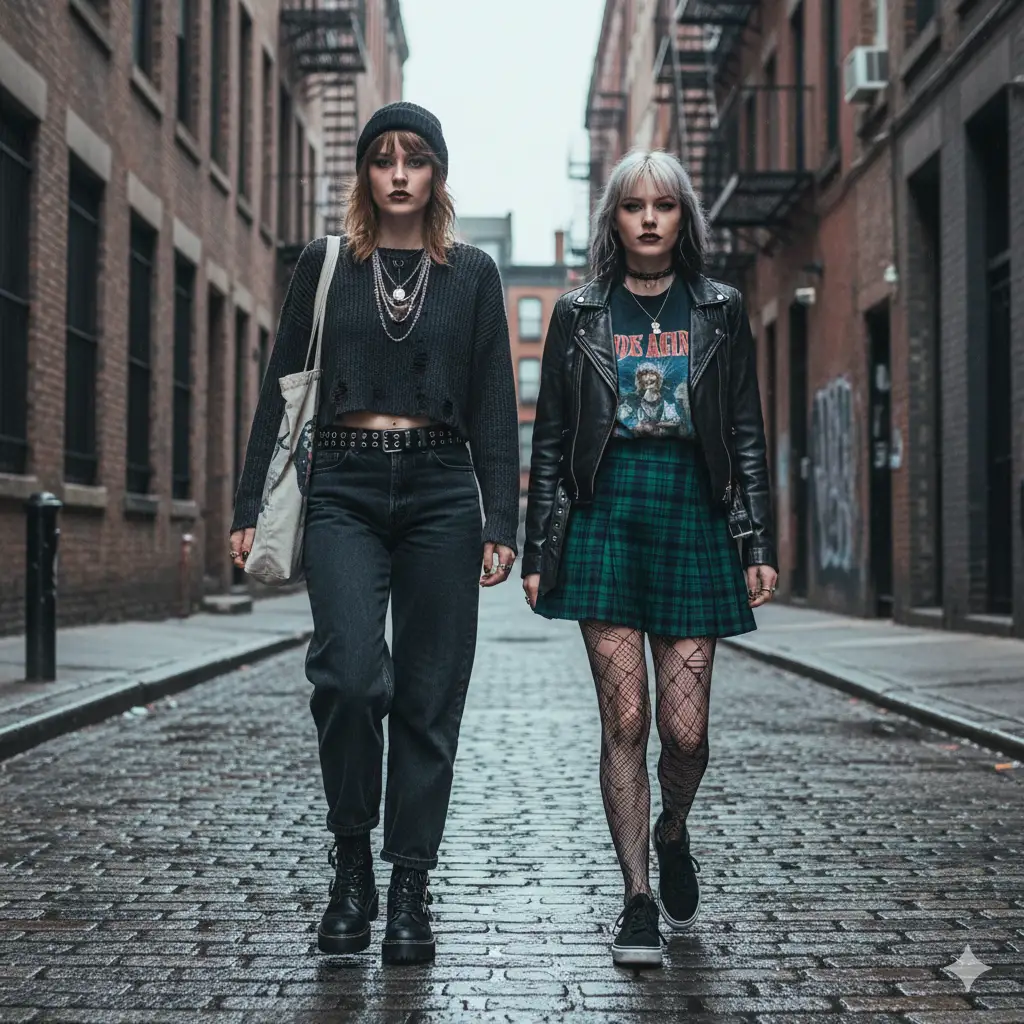
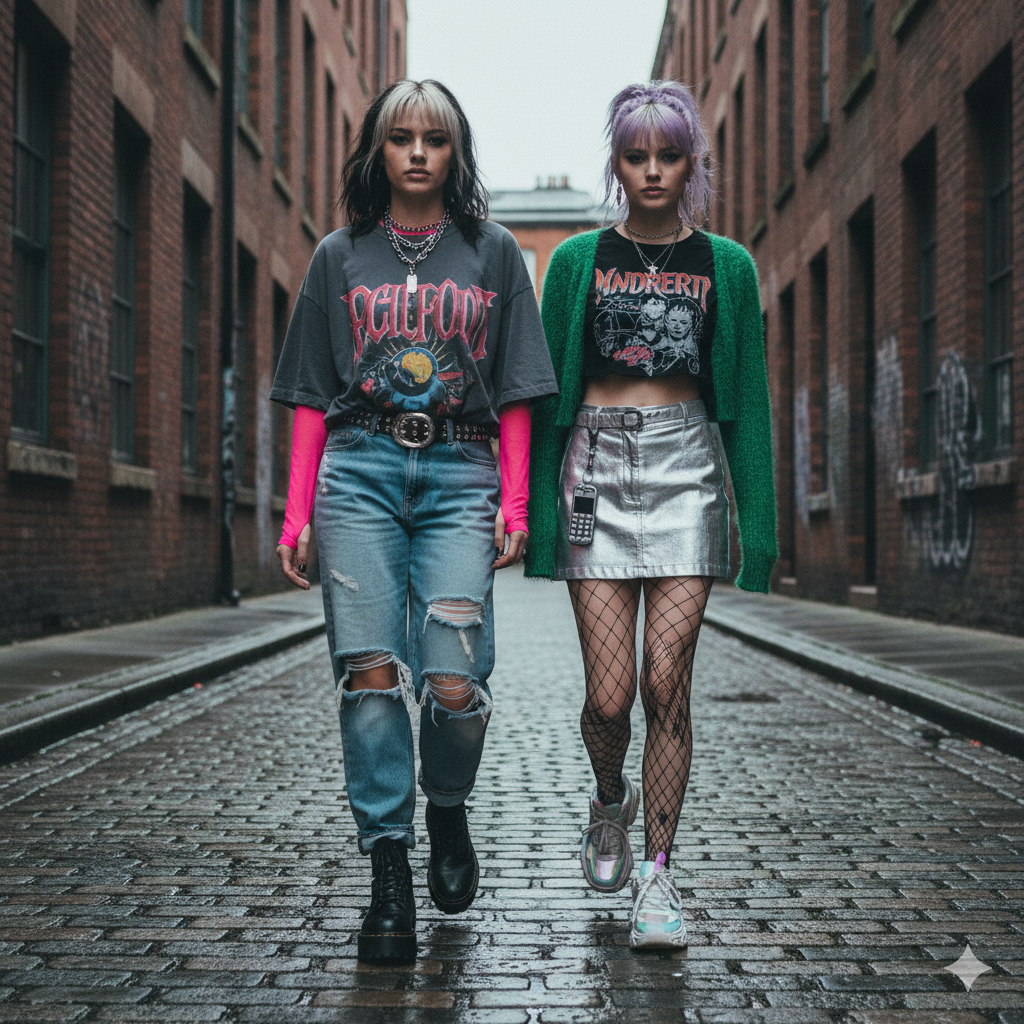
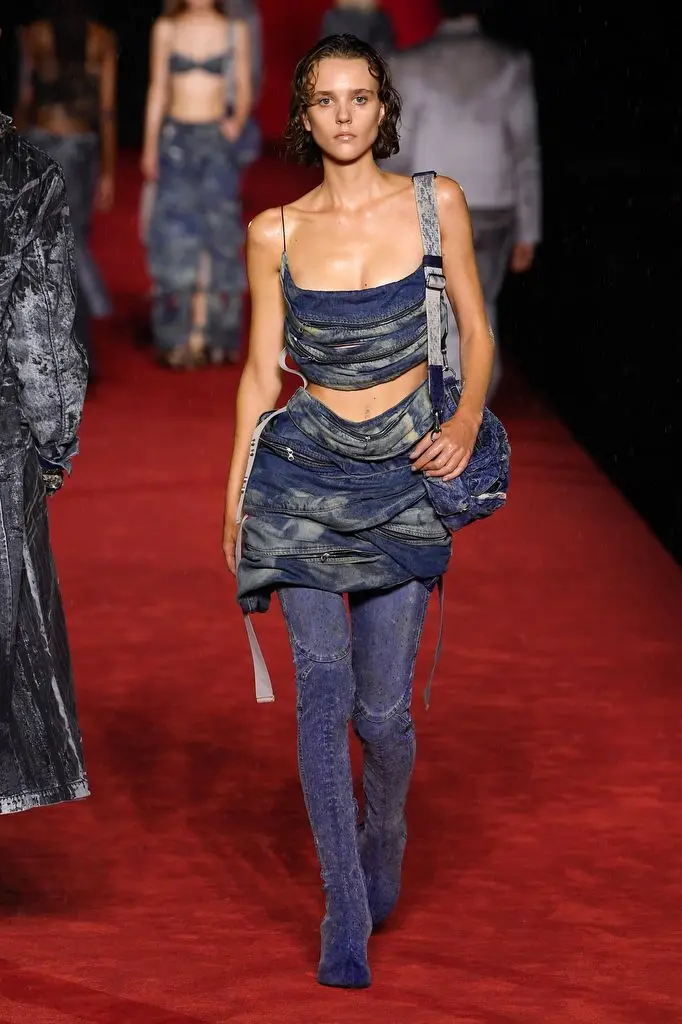
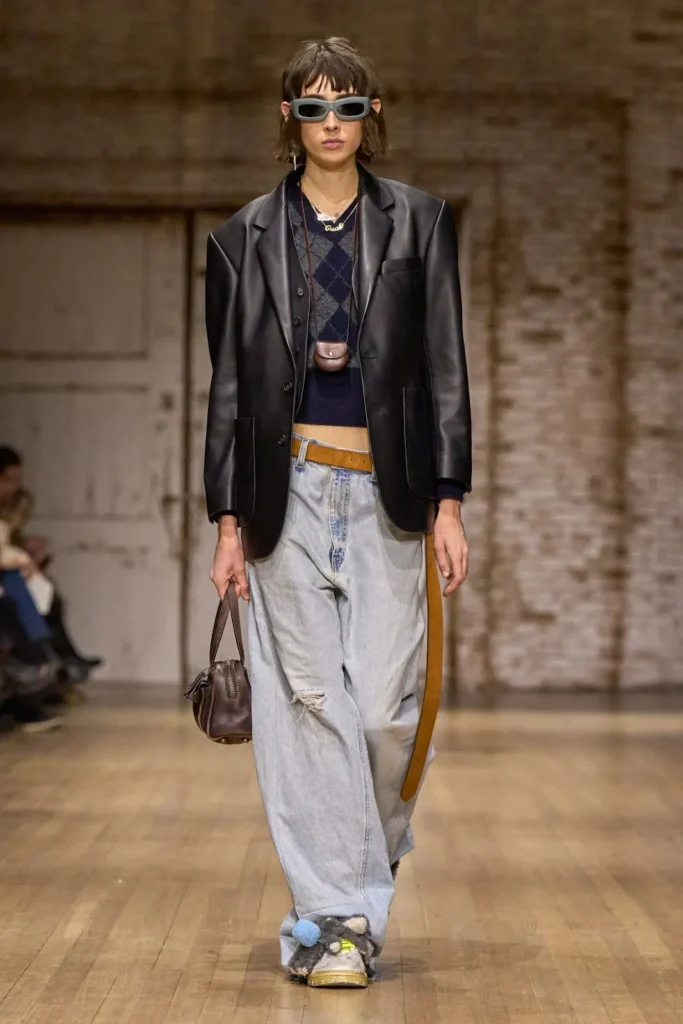
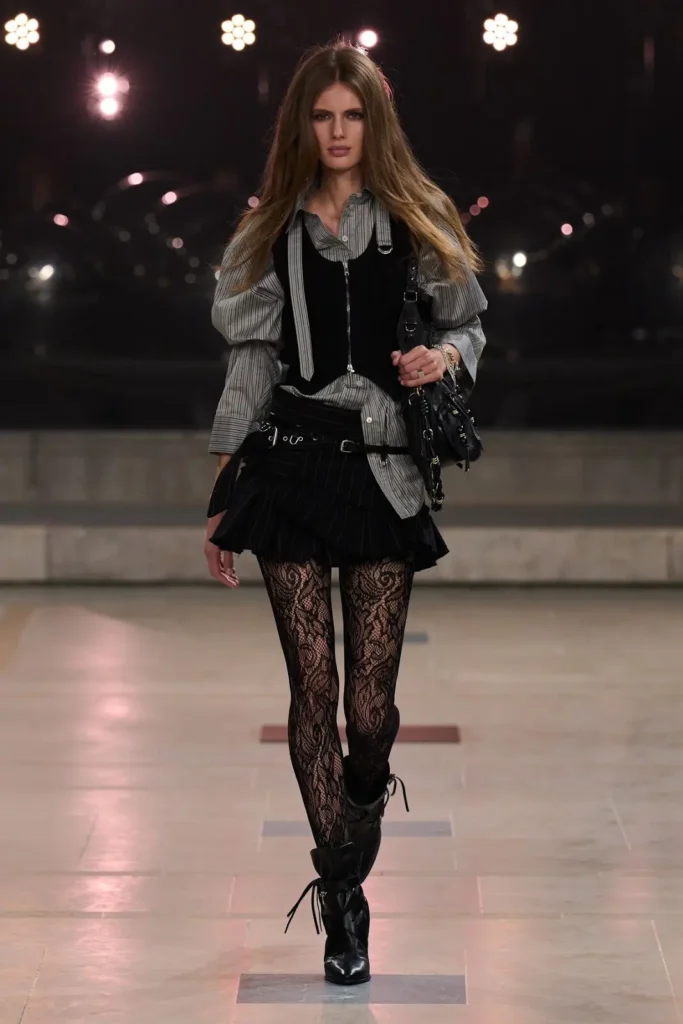
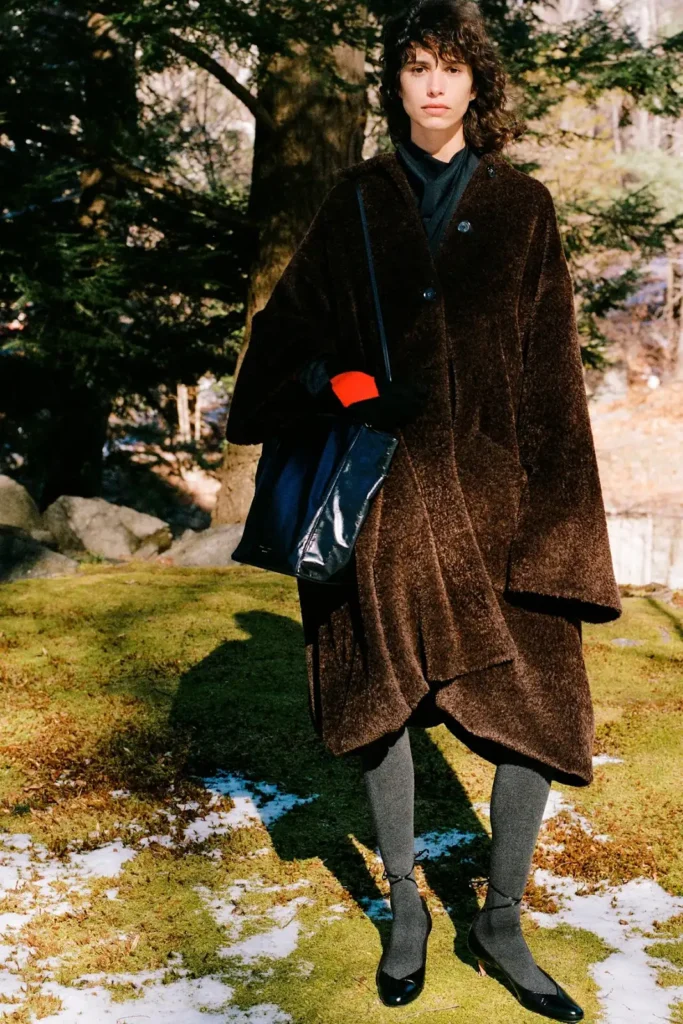
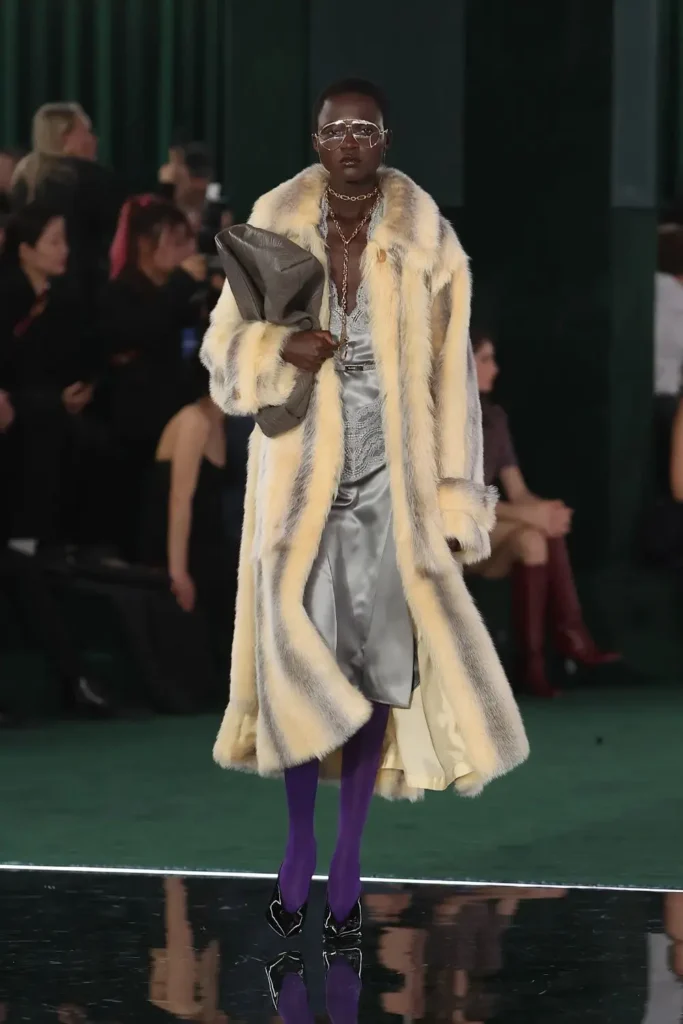
The selection of grunge clothing depends on your preference between vintage authenticity and high fashion reinterpretations because you can find both options through various retailers. Thrift stores and flea markets like Depop, Poshmark and Etsy provide the most authentic way to discover pre-worn flannels, ripped denim and vintage band tees that embody the genuine 90s aesthetic. The fashion brands Urban Outfitters, Hot Topic and Dolls Kill present new collections which feature plaid skirts and oversized sweaters and combat boots to help customers achieve modern grunge fashion.
The luxury fashion brands Gucci, Saint Laurent, Balenciaga and Alexander McQueen have incorporated grunge elements into their runway presentations for high-end consumers. The grunge style emerges through any clothing combination of different pieces regardless of whether you choose used or luxury brands.
Punk fashion presents itself through aggressive elements which include studs, safety pins, loud statements and direct anti-authority symbols. Grunge fashion presents itself through casual comfort-focused clothing that combines secondhand items with layers and distressed details to show indifference toward glamorous presentation.
I must say this article is extremely well written, insightful, and packed with valuable knowledge that shows the author’s deep expertise on the subject, and I truly appreciate the time and effort that has gone into creating such high-quality content because it is not only helpful but also inspiring for readers like me who are always looking for trustworthy resources online. Keep up the good work and write more. i am a follower.
A whole world on the tip of a pencil. The story of an artist who proved that true art has no limits and that it is never too late to start all over again.





International fashion icon and symbol of Parisian style, Ines de la Fressange is one of the most famous women in France.
Anastasia Pilepchuk is a Berlin-based artist with Buryat roots. She creates masks and face jewellery inspired by the nature and the culture of her beautiful region.
A whole world on the tip of a pencil. The story of an artist who proved that true art has no limits and that it is never too late to start all over again.